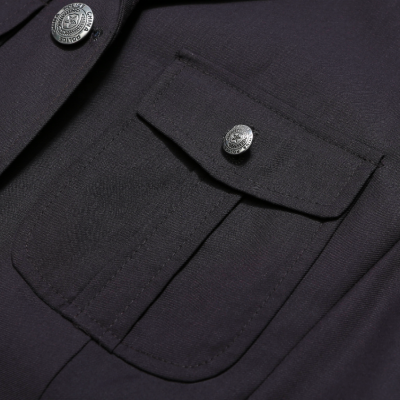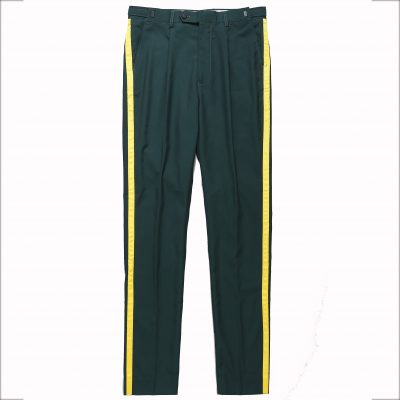Sustainability is a growing trend in staff uniform design as businesses strive to minimize their environmental impact and promote responsible practices. Here are some green trends and sustainable approaches in staff uniform design:
1. Eco-Friendly Materials:
- Choose fabrics made from sustainable materials such as organic cotton, hemp, bamboo, or recycled fibers.
- Opt for fabrics that have a lower environmental footprint in terms of water usage and pesticide use.
2. Recycled and Upcycled Uniforms:
- Design uniforms using recycled materials or repurpose existing uniforms to create new pieces.
- Upcycling can give old uniforms new life and reduce waste.
3. Minimalist Design:
- Create simple, timeless designs that require fewer resources and materials.
- Minimize decorative elements that can contribute to waste and excess production.
4. Versatility and Durability:
- Design uniforms that are versatile and suitable for different seasons or occasions, reducing the need for multiple uniform sets.
- Prioritize durability to extend the lifespan of uniforms and reduce replacements.
5. Modular Components:
- Create uniforms with modular components that can be mixed and matched, allowing employees to create various looks from a few pieces.
- This reduces the need for a large number of uniform items.
6. Local Sourcing and Manufacturing:
- Source materials locally to reduce transportation-related emissions.
- Work with local manufacturers who prioritize ethical labor practices and sustainable production.
7. Energy-Efficient Production:
- Choose manufacturers that use energy-efficient production methods and minimize water usage.
- Look for certifications such as GOTS (Global Organic Textile Standard) or OEKO-TEX that indicate environmentally friendly practices.
8. Packaging and Shipping:
- Use eco-friendly packaging for uniforms during shipping and distribution.
- Minimize excessive packaging and utilize recycled or biodegradable materials.
9. Carbon Offsetting:
- Consider carbon offset programs to mitigate the environmental impact of uniform production and transportation.
10. Employee Involvement:
- Involve employees in the sustainable uniform design process. Seek their input on eco-friendly fabrics and designs.
- Encourage employees to care for and maintain their uniforms to prolong their lifespan.
11. End-of-Life Solutions:
- Develop a plan for what happens to uniforms at the end of their life cycle. Consider options like recycling or repurposing.
12. Green Certification and Labels:
- Seek out certifications like “Certified Organic,” “Fair Trade,” or other recognized sustainability labels for your uniforms.
13. Education and Awareness:
- Educate employees about the sustainability initiatives behind their uniforms. This can foster a sense of pride and responsibility.
14. Regular Sustainability Assessments:
- Continuously assess your uniform design and sourcing practices for their environmental impact. Look for ways to improve and innovate.
By integrating these green trends into staff uniform design, businesses can contribute to a more sustainable future while also enhancing their brand’s image as environmentally conscious and responsible.
























